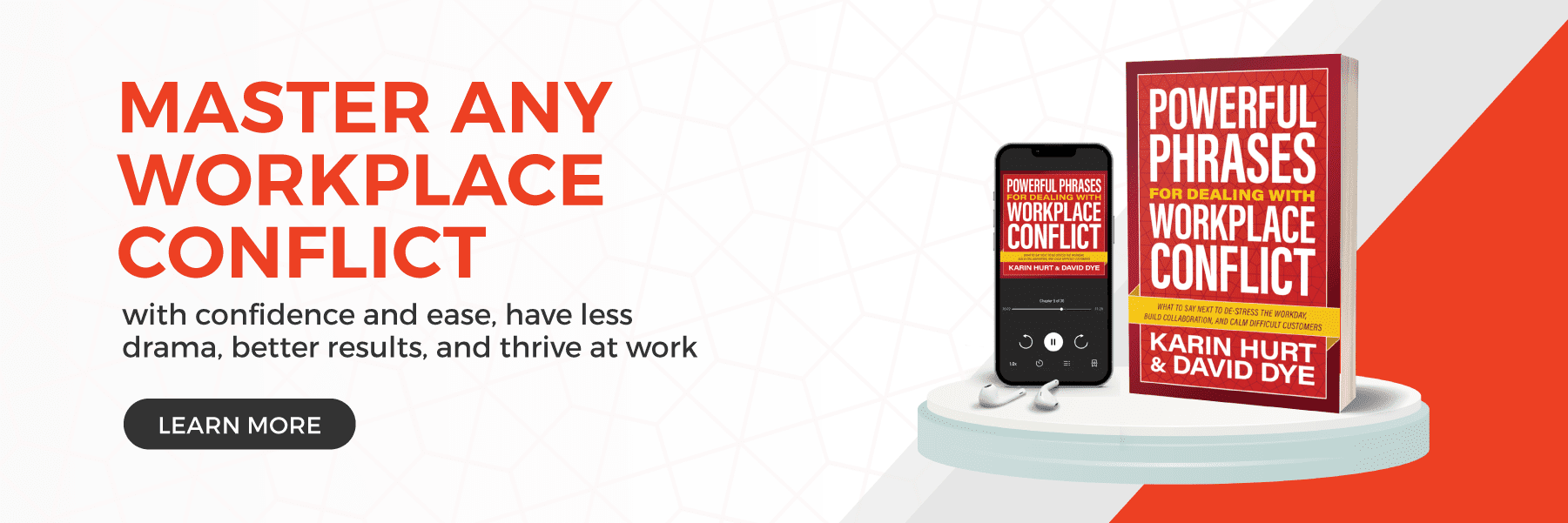To do more, clarify who owns the decision and know when it’s time to move
Is your team full of good intentions and meaningful conversations that don’t translate into action and results? Do discussions regularly bog down in analysis paralysis? Or do you have choke points of one overwhelmed expert or manager that keeps everyone else waiting around? If any of these are true of your team, here are seven ways to help your team do more, improve morale, collaborate, and grow together.
choke points of one overwhelmed expert or manager that keeps everyone else waiting around? If any of these are true of your team, here are seven ways to help your team do more, improve morale, collaborate, and grow together.
7 Ways to Help Your Team Do More
1. Clarify Who Owns the Decision (Ideally, the person closest to the decision)
One of the biggest reasons teams bog down in discussions is a lack of clarity about who owns the decision. People feel disempowered and discussion grinds to a frustrated halt. Keep things moving by clarifying who owns the decision.
Ideally, this is the person or people closest to the decision. Avoid making yourself a choke point for decisions by ensuring people have the information and criteria they need to make an effective decision.
2. Provide Context for Decisions
When you begin a discussion, empower your team by giving them the information that’s relevant to the decision.
If there are specific success criteria, boundaries to observe, or regulatory issues, get them in the conversation from the beginning so people don’t waste time “discovering” them for themselves. Share what a successful outcome will do so everyone knows what they’re looking for.
If your team regularly brings you solutions that won’t work, they probably don’t understand the context well enough. Help them do more by taking time to make sure they have the information they need to make relevant, strategic decisions.
3. Recognize When You Begin Repeating Yourselves
Want to shorten your meetings, energize your team, make decisions, and move to action faster?
One way to get there is to pay attention to when you repeat yourselves.
If it’s the third time someone (including you) has shared the same anecdote or concern, acknowledge it. You might say, “We are all repeating ourselves now. Sounds like it’s time to summarize and move on. Does anyone have something to add that we haven’t discussed yet?”
People repeat themselves when they don’t feel heard, so ensure the point is made, recorded, and acknowledged. You might help facilitate check for understanding among participants to ensure everyone understands relevant information.
For example, “Victor, that’s the third time you’ve mentioned how the last change cost us a big account. I want to ensure everyone’s got that and make sure we’re not rehashing so we can get all the perspectives in the conversation. Alicia, can you summarize what you hear Victor saying and let’s make sure it’s in the notes.”
4. Ask If There Is Specific Additional Information or Perspective Critical to Make a Good Decision
What else does the team need to know before moving on? Sometimes just asking this question will help everyone realize that there isn’t anything to add. It’s time to decide.
Other times, this question will provide clarity. “Oh, we really need to know a realistic IT implementation time and if there is any other way we might get that part done.” If that’s critical, you can make gaining that information a key next step.
5. Identify the Next Specific Action to Take
Help your team do more by moving from ideas and intention to activity by getting specific and detailed about next steps. Avoid corporate jargon. There’s no “run it up the flagpole” or “stakeholdering” or “we’ll talk offline.” Those are vague intentions.
Be specific. If the next step is for Valeria to discuss two specific regulatory issues with Jose from legal, say so. Everyone should be able to state what will happen next. A good check for understanding here will help clear up any misunderstandings.
6. Identify Who Owns the Next Step
One reliable way to move from great discussions and intentions to practical action is for one person to have responsibility for following through. Several people might participate in the activity, event, or project, but one person is responsible for ensuring it happens. This avoids the “when everyone’s responsible, no one is” conflict.
7. Schedule the Finish
How will you and your team know the next steps have happened and are ready for their response? Schedule the finish by setting a specific time on the calendar of everyone involved in the handoff to go over what was done and what is next. This can be a five or ten-minute meeting. Scheduling the finish ensures people do more, follow through with their responsibilities, and provides an opportunity to reset for the next steps.
Your Turn
When your team has tight conversations that lead to meaningful results, trust and morale improve along with the team’s capacity to make even more meaningful decisions.
You can help your team avoid endless discussions, analysis paralysis, and chokepoints by clarifying who owns the decision, ensuring they have the necessary information, and moving conversations to action and ownership.
We’d love to hear from you. What would you add? What is one of your favorite ways to help your team avoid over-talking and do more?








0 Comments